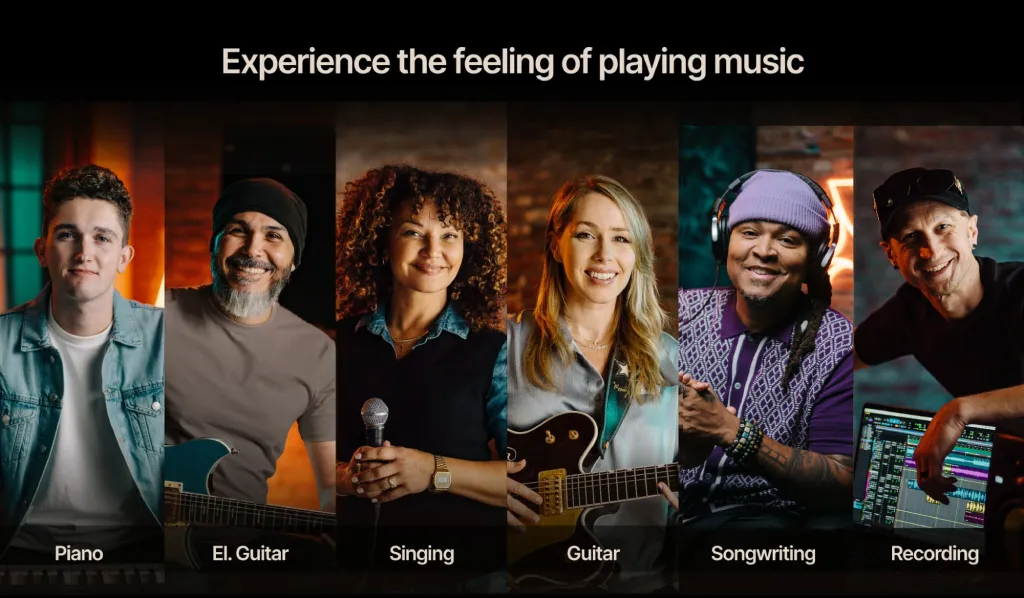There’s something about a piano intro that sticks with you. Maybe it’s the simplicity. Maybe it’s the emotion. Or maybe it’s just that sound — naked, vulnerable, and straight to the point — before the rest of the layers kick in and everything else comes crashing through.
This isn’t a list of technical masterpieces. It’s not about the most difficult or obscure intros. It’s about recognisability. That moment when the first few notes hit and you know exactly what’s coming next. Maybe it’s a Coldplay song, a rap classic, something you heard over a video or that made you cry in a French arthouse film.
So here they are — 40 of the most iconic piano intros ever written.
Grouped by genre. Played to death. And still brilliant.
- Pop piano intros you already know by heart
- Best rock & alternative songs that start with piano
- Soul and classic R&B piano intros
- Hip-hop with iconic piano riffs
- Film & instrumental piano intros everyone recognises
- Why piano intros hit so hard
- Where next?
- FAQs: Iconic piano intros
But first ...
➤ What actually makes a great piano intro?
It’s not about speed. Or being flash. Or how many notes you can squeeze into one bar. A great piano intro does something much harder — it sets a mood instantly. It draws you in before the lyrics even start. You hear it, and you’re already there.
Sometimes it’s a single chord. Sometimes it’s a repeating riff. But whatever shape it takes, a great intro feels like the start of something. It holds the tension for a moment. It makes you wait — just long enough to recognise what’s coming next.
And the best ones? You can play them with one hand and still make someone smile. Or cry. Or sing the whole chorus before the verse even starts. That’s the magic. Not the technique ... it's the feeling.
➤ Piano intro vs piano riff — what’s the difference?
People can throw these words around like they mean the same thing, but they don’t. An intro is just the start of the track. It sets the scene, brings you in — might never come back again.
A riff is something you recognise because it repeats. It’s the hook. It lives through the song, not just at the front.
Some of the intros on this list do both — Clocks, Still D.R.E., River Flows in You — they don’t just start the song, they are the song. And that’s probably why they’ve stuck in our heads for so long.
➤ Can you learn these piano intros as a beginner?
Some of them, yes. If you’ve got a keyboard at home and a bit of time, you can play something recognisable from this list. Let It Be, Someone Like You, Lean On Me — these are all within reach.
Others take more practice. Tracks like Still D.R.E. or River Flows in You rely on consistent rhythm and a bit of finger independence, but they’re still playable once you break them down.
 💡 Want to learn iconic piano intros today?
💡 Want to learn iconic piano intros today?
Meet Artie — the world’s first AI piano teacher that actually listens to your playing and gives real-time feedback to help you improve faster.
Download Artie for free now
Pop piano intros you already know by heart
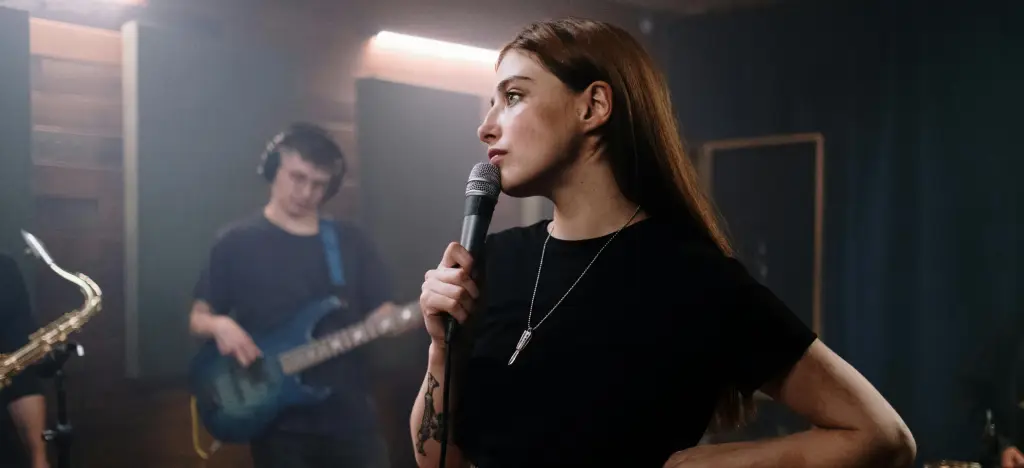 These are some of the most famous piano intros in pop. The kind of tracks where you hear the first few notes and the whole song floods back. They all start the same way: simple piano, strong emotion. And I bet some of you have already tried to play at least one of them.
These are some of the most famous piano intros in pop. The kind of tracks where you hear the first few notes and the whole song floods back. They all start the same way: simple piano, strong emotion. And I bet some of you have already tried to play at least one of them.
A Thousand Miles – Vanessa Carlton
A pop-piano anthem that needs no introduction — except that one. You hear it and you’re already singing.Someone Like You – Adele
Heartbreak, distilled into a handful of piano chords and raw vocals.Halo – Beyoncé
A modern gospel-inspired ballad with a shimmering, emotional piano part underneath.If I Ain’t Got You – Alicia Keys
Soulful and stripped-back, this intro is all Keys — no pun intended.Someone You Loved – Lewis Capaldi
The kind of piano part that sounds like it’s been around forever — and maybe always will be.Everything I Do (I Do It for You) – Bryan Adams
Film ballad turned wedding classic. That soft piano intro sets the emotional tone.The Winner Takes It All – ABBA
Proof that ABBA could do melancholy just as well as disco. The piano says it all before the first line lands.Feel – Robbie Williams
Built on a soft rolling piano riff that gets under your skin.7 Years – Lukas Graham
Not flashy, just effective — and perfect for the story-song that follows.Another Love – Tom Odell
Raw and intentionally unpolished, like a voice memo that made it to radio.My Immortal – Evanescence
One of the saddest intros ever recorded. So delicate it practically shatters.Love Song – Sara Bareilles
Written as a protest against label pressure, ironically became a piano-pop hit. That riff hooks you in before the lyrics even arrive.Hello – Lionel Richie
That gentle piano hook feels like a late-night phone call — warm, simple, and impossible not to recognise.
💡 ARTMASTER TIP: Want to play songs people recognise straight away?
These ones are easy to learn — even if you’ve just started playing piano (chord diagrams included):
→ 25+ easy two-chord songs
→ 60+ easy 3-chord songs
→ 100+ four-chord songs
→ 20 beginner-friendly songs to learn on piano
Best rock & alternative songs that start with piano
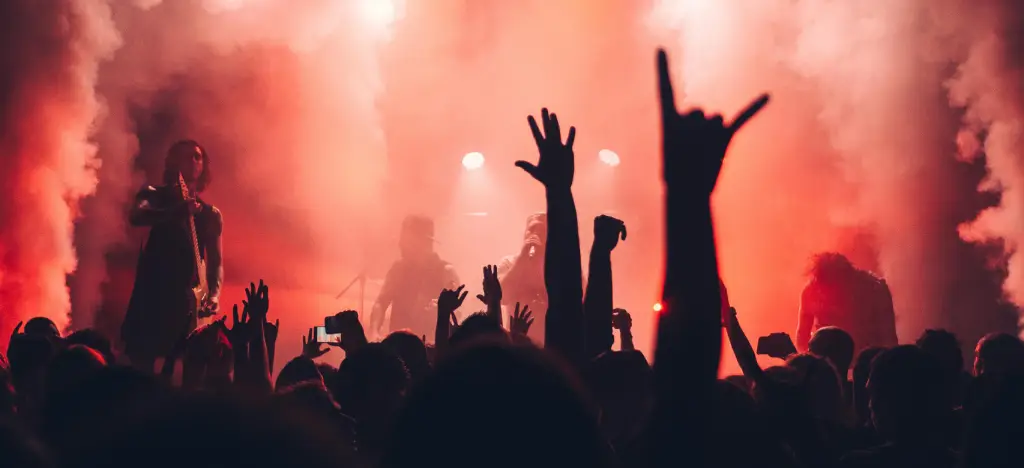 You don’t always expect a rock song to start on piano — but when it works, it really works. From Coldplay’s hypnotic arpeggios to Queen’s operatic lullaby, these are the intros that set the tone long before the drums kick in. Some are dramatic, some are stripped back, and a few still catch you off guard. They’re not just great songs. They’re some of the most iconic piano moments in rock and alternative music.
You don’t always expect a rock song to start on piano — but when it works, it really works. From Coldplay’s hypnotic arpeggios to Queen’s operatic lullaby, these are the intros that set the tone long before the drums kick in. Some are dramatic, some are stripped back, and a few still catch you off guard. They’re not just great songs. They’re some of the most iconic piano moments in rock and alternative music.
Clocks – Coldplay
That arpeggiated riff is practically a ringtone of the 2000s — and still hypnotic.The Scientist – Coldplay
Coldplay again, but this one’s slower, sadder, and equally unforgettable.Bohemian Rhapsody – Queen
It opens like a lullaby and turns into an opera. You already know the words.Don’t Stop Believin’ – Journey
One of the most recognisable intros in rock history — piano-driven from the first beat.Let It Be – The Beatles
Simple, churchlike, and eternal.Your Song – Elton John
Just a man and his piano. Vulnerable, understated, and iconic.Imagine – John Lennon
Possibly the most famous piano intro ever written. No intro list is complete without it.Welcome to the Black Parade – My Chemical Romance
The opening piano line is theatrical, dramatic, and instantly recognisable to a generation.Listen to Your Heart – Roxette
A soft, synthy piano intro that sounds straight out of a romantic drama — because it basically is.Karma Police – Radiohead
Minimal and unsettling. Perfectly sets the tone for what follows.Piano Man – Billy Joel
Barroom nostalgia in the first five notes. The harmonica comes later — the piano does all the heavy lifting upfront.Right Now – Van Halen
Surprisingly piano-led for a hard rock band — but the opening riff is pure drama.Does Anybody Really Know What Time It Is – Chicago
Jazz-infused and upbeat, this one is full of personality from the very start.The Way It Is – Bruce Hornsby & The Range
A rolling piano line with just enough swing to make it feel effortless. Ended up soundtracking everything from 2Pac to 80s news segments.How to Save a Life – The Fray
Heartfelt, repeated piano theme behind a soaring vocal — the defining piano-rock ballad of the 2000s.Where Is My Mind – Maxence Cyrin (Pixies piano cover)
Takes a scrappy alt-rock anthem and turns it into something haunting and vulnerable.Sunburn – Muse
Starts like a broken lullaby, then spirals into full-on piano drama. Muse at their most understated.
💡 ARTMASTER TIP: Want to learn songs like Let It Be, Clocks or Imagine — without getting stuck on theory?
Start playing for real with David Bennett’s beginner piano course. It’s practical, clear, and full of iconic intros from this list.
Soul and classic R&B piano intros
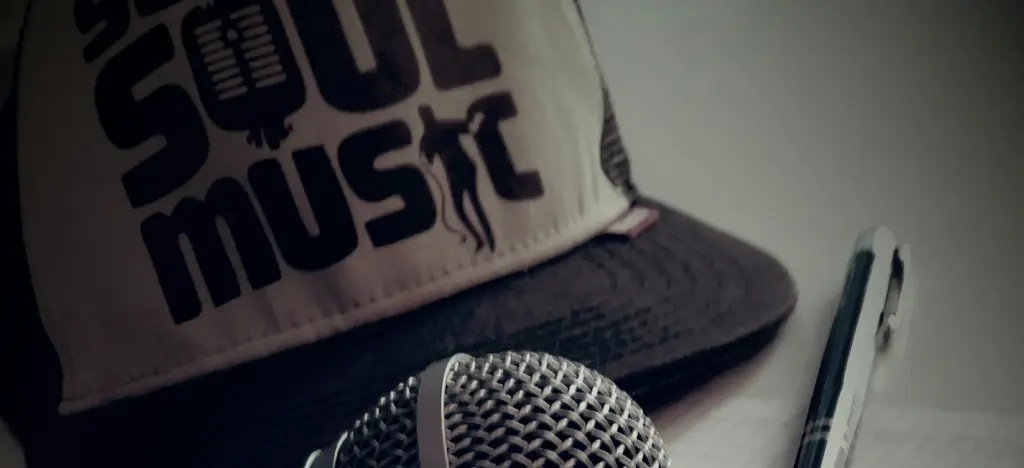 I heard some of these from my parents' collection growing up. They’re not trying to show off — they just get straight to the feeling. One chord, one riff, and suddenly you’re there. In soul and early R&B, the piano doesn’t just support the song. It starts it. It sets the mood in a way nothing else can.
I heard some of these from my parents' collection growing up. They’re not trying to show off — they just get straight to the feeling. One chord, one riff, and suddenly you’re there. In soul and early R&B, the piano doesn’t just support the song. It starts it. It sets the mood in a way nothing else can.
Lean On Me – Bill Withers
A hymn disguised as a soul track. The piano intro is as comforting as the message.What’d I Say – Ray Charles
A blues-infused electric piano riff that practically laid the foundation for modern soul.A Song for You – Donny Hathaway
Just piano and silence at the start — and somehow that’s enough. You feel like you’ve walked in on something personal.(You Make Me Feel Like) A Natural Woman – Aretha Franklin
One chord, full stop. No run-up, no warm-up — just straight into it. The piano lays it bare before the voice even arrives.
💡 ARTMASTER TIP: Some of the greatest soul musicians never had formal training. They just sat down at the piano and played what they felt. Want to know how? Read about famous self-taught musicians — and what you can learn from them.
Hip-hop with iconic piano riffs
![]() I’ve always loved how piano shows up in hip-hop. Not to impress — just to set a mood and hold it. Sometimes it’s sampled, sometimes played live, but it’s always doing something emotional. These intros don’t mess around. They loop, they haunt, and they give you the whole atmosphere before a single verse kicks in.
I’ve always loved how piano shows up in hip-hop. Not to impress — just to set a mood and hold it. Sometimes it’s sampled, sometimes played live, but it’s always doing something emotional. These intros don’t mess around. They loop, they haunt, and they give you the whole atmosphere before a single verse kicks in.
Still D.R.E. – Dr. Dre feat. Snoop Dogg
The staccato, icy piano riff is pure West Coast — and arguably more famous than the lyrics.See You Again – Wiz Khalifa & Charlie Puth.
Soft, melancholic, and cinematic. That piano intro set the tone for a farewell anthem that somehow still hits — even after hearing it a hundred times.Mockingbird – Eminem
Opens with a lullaby-like piano figure, light and innocent — which makes the raw emotion that follows hit even harder. One of Em’s most vulnerable tracks.On My Block – Scarface
A simple, soulful piano loop with a sense of weight behind it. It doesn’t try to do much, but you feel every note. Like memory on loop.Homecoming – Kanye West
Coldplay’s Chris Martin provides the hook, but it’s that echoing piano line that anchors the whole thing. Part tribute, part love letter, part elegy.Dance With The Devil – Immortal Technique
Nothing flashy — just a dark, looping piano line that barely moves. But that stillness builds dread. You know from the first bar that this won’t end well.Changes – 2Pac
Built on a piano sample from Bruce Hornsby, but flipped into something totally its own. Instantly emotional.
💡 ARTMASTER TIP: Ever noticed how these piano parts loop again and again — but never get boring? That’s not just good production. It’s pattern. And once you start seeing it, you’ll spot it in every genre. The secret to learning music is patterns.
Film & instrumental piano intros everyone recognises
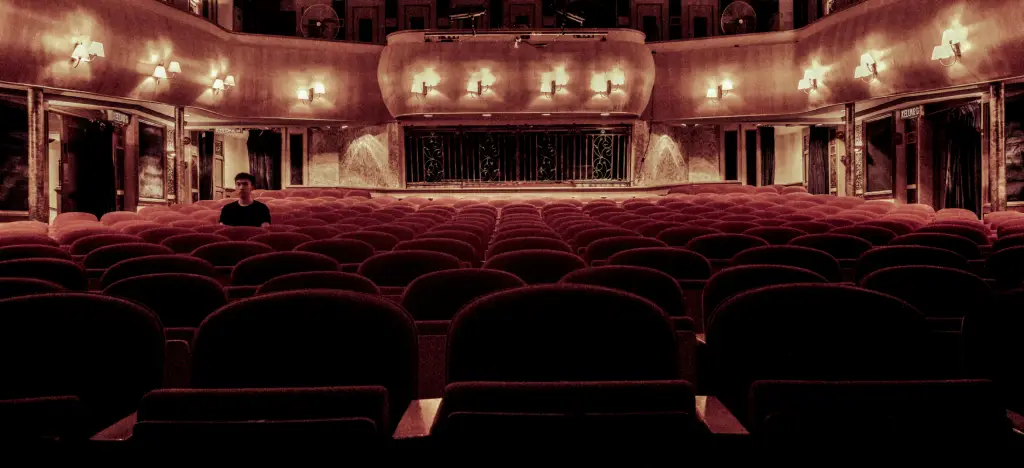 I’ve got a bit of a history with this kind of thing: I played in orchestras in my teens, and have seen both Ludovico Einaudi and Yann Tiersen live (so maybe I’m a little biased). But there’s something about these pieces that just works. No vocals, no showing off. Just a piano setting the tone and quietly taking over. Some of them came from films, others from playlists or given new life on TikTok, but they all do the same thing. They get under your skin and stay there.
I’ve got a bit of a history with this kind of thing: I played in orchestras in my teens, and have seen both Ludovico Einaudi and Yann Tiersen live (so maybe I’m a little biased). But there’s something about these pieces that just works. No vocals, no showing off. Just a piano setting the tone and quietly taking over. Some of them came from films, others from playlists or given new life on TikTok, but they all do the same thing. They get under your skin and stay there.
Chariots of Fire – Vangelis
Born for opening titles and slow-motion frames, those slow, spacious piano chords mixed with synth created the template for the “inspirational montage” ever. It’s less a song and more a feeling. You recognise victory before the race begins.River Flows in You – Yiruma
A gateway drug for piano students worldwide. Simple, repetitive arpeggios that feel intuitive to learn yet emotionally affecting—even if you’re a beginner. It does the job of a powerful song without ever raising its voice.Comptine d’un autre été – Yann Tiersen (Amélie)
French, fragile, and perfectly loopable. If you don’t know the name, you know the sound.The Heart Asks Pleasure First – Michael Nyman (The Piano)
Minimalism with a pulse. Its repeating phrases and shifting time signatures create a swaying tension—eerie and quietly obsessive.Nuvole Bianche – Ludovico Einaudi
Starts like a whisper, ends like a memory. One of the most recognisable piano pieces on TikTok — emotional enough to launch a thousand montage videos.Experience – Ludovico Einaudi
Builds like a slow swell of emotion — gentle, patient, and slightly devastating.Merry Christmas Mr. Lawrence – Ryuichi Sakamoto
Melancholy, melodic, and unforgettable. One of those intros that sounds like it’s asking a question.
💡 ARTMASTER TIP: Thinking about learning piano yourself? I’ve tested the best apps, reviewed the top online lessons, and broken down how much it all actually costs.
→ The best piano learning apps (I tried them so you don’t have to)
→ What are the best online piano lessons in 2025?
→ How much do music lessons really cost?
Why piano intros hit so hard
It’s not just nostalgia or good songwriting. There’s actual science behind why piano intros land the way they do.
The brain is constantly scanning for patterns, and music plays right into that. When a piano intro starts — whether it’s a single chord or a looping riff — your brain starts predicting what’s coming next. That little hit of anticipation? It releases dopamine even before the melody properly begins.
Salimpoor et al., 2011 – Nature Neuroscience
Piano works especially well because of its range. It covers almost the full spectrum of human hearing, from deep bass to shimmering highs, so even the simplest intro feels rich and full.
Why is the highest frequency on a piano 4186 Hz? – Music Stack Exchange
There’s also something more emotional going on. According to music psychologists Patrik Juslin and Daniel Västfjäll, we respond to music in at least six different ways — including emotional contagion (we mirror what we hear) and musical expectancy (we’re wired to enjoy predictability and surprise).
Juslin & Västfjäll, 2008 – PubMed
And finally, there's memory. One study showed that even tiny fragments of familiar music can trigger vivid autobiographical memories. That’s why those first few piano notes from Someone Like You or Let It Be can take you straight back.
So no — it’s not just you. There’s a reason these intros stay with you. Your brain loves them.
Where next?
If you’ve made it this far, you already know the power of a good piano intro. Maybe one of them brought back a memory. Maybe you’ve tried playing a few. Either way, this is a great place to start — not just for learning piano, but for understanding why it matters. These intros didn’t just kick off songs. They made us feel something before a single word was sung. And that’s always worth returning to.
Want to play intros like these — and go further?
Start learning with David Bennett, the YouTube educator trusted by over 1.2 million subscribers. His teaching makes tricky things click — using real songs, clear steps, and a relaxed style that actually keeps you motivated.
From your very first notes to sounding like a pro (or even producing your own tracks), here’s where to start:
Try them all free as part of your 7-day free trial.
FAQs: Iconic piano intros
What’s the easiest famous piano intro to learn as a beginner?
Probably Let It Be by The Beatles. It uses simple chords in a familiar progression and can be played with just one hand. Lean On Me and Someone Like You are also very playable early on.
Do you need two hands to play most of these piano intros?
Not always. Many intros — like Imagine, River Flows in You, or Still D.R.E. — can be simplified for one hand at first. As you improve, you can add the left hand to fill things out.
What kind of piano or keyboard do I need to learn these songs?
A basic 61-key or 76-key digital keyboard is enough to get started. Weighted keys and sustain pedals can help with expression, but most intros here can be learned without expensive gear.
Can I learn these intros without reading sheet music?
Yes. Many players use tutorials, chord symbols, or visual guides. If you’re using an app like Artie, you’ll get real-time feedback on your playing — no sheet music required.
Why are piano intros so memorable in pop and rock music?
Because they set the mood instantly. Our brains latch onto strong patterns and emotional tones — especially when there are no lyrics to distract us yet. A great intro can carry the whole song’s identity.
About the author
Matt Ford is a musician, teacher, writer, and lifelong student of sound.
With years of experience in both performing and teaching, he shares practical advice through ArtMaster to help musicians at every level build skill and confidence in their playing.

